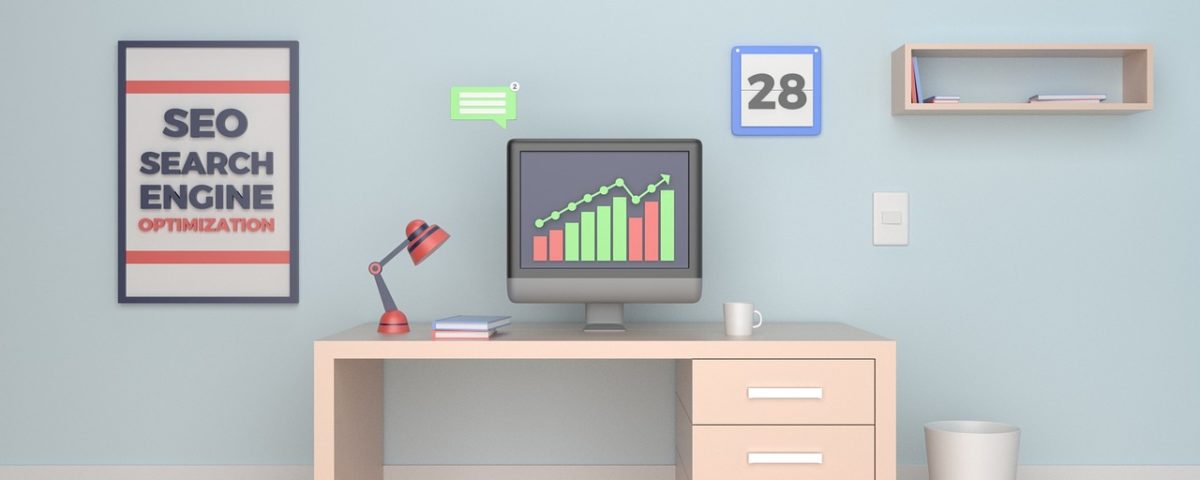
Viewing SEO as a Search Journey on Google
May 15, 2019
SEO Audit Using Google Lighthouse – Will It Help Your Website?
June 15, 2019There was a time when competing with big, established businesses seemed impossible. This was mainly because industry giants had the financial advantage to mount elaborate marketing campaigns. This is still true today – huge enterprises have more money as compared to SMEs. However, small businesses are no longer lagging behind when it comes to marketing their company and products. This is primarily because of SEO.
Despite not having deep pockets like big companies, small businesses are able to keep up, at times even outperforming their well-positioned competitors, just by optimising their websites. SEO entails hard work though. It is a strategy that requires regular maintenance for a site to continuously rank high on Search Engine Results Pages (SERPs), as mentioned in our previous article SEO Maintenance Guide for Small Businesses Part 1.
In the first article, we enumerated the SEO maintenance tasks that you need to accomplish weekly. Next up are the things you need to do monthly, quarterly and yearly.
Monthly
Performance Review: At least once a month, you should study the performance of your site. While weekly performance checks are mainly for diagnosing and resolving problems before they worsen, the monthly review is for getting a better picture of how your site or strategy is doing. You can also compare your performance for the month versus the same period in previous years. Doing this allows you to spot changes or trends in the site’s performance and visitor behaviours, amongst others.
Check for Navigation Errors: It is not unusual for sites to have navigational errors like duplicate content and 404 errors. Constantly updating your content is one of the most common reasons why these errors arise. It is imperative that you fix navigation issues right away as they can hurt your SEO and your site’s overall performance. For example, with 404 errors, search engines can end up crawling and indexing invalid URLs. This is bad for your ranking! Meanwhile, duplicate content may cause you to earn sanctions from search engines. This is why it is highly recommended that XML sitemap be checked every month.
Quarterly
Auditing: Perform audit on a quarterly basis. Audits are necessary because problems can arise anytime and go undetected even if you do weekly or monthly checks. Since audits are more extensive, these issues can be spotted and corrected before they cause real damage.
Some of the tasks under this category are on-page issues and technical issues auditing. The goal of this type of audit is to gain a better understanding of these problems – determining what really caused them and if they were accurately reported, amongst others.
Aside from those mentioned above, quarterly link-building audit must also be done to know if your efforts are bearing fruits. Here, you can delve deeper into your link-building efforts. You can check the quality of your links and their quantity as well as compare your progress with competitors. This audit may also lead to the discovery of negative SEO attacks on your site, thereby, enabling you to address the problem.
You can also do an audit on your local listings. You may think that checking these listings is only necessary when there are changes to your business information. This is not true! In fact, as much as possible, you should regularly monitor your listings, especially your reviews. Promptly (and properly) responding to reviews is highly recommended as this is a good way of getting repeat customers.
Yearly
Evaluate Year-Long Performance and Plan Your Strategy: As previously stated, it takes time for results to materialise in this kind of strategy. Hence, you cannot make drastic changes to your plans just a week or a month after you’ve implemented it. You have to wait until you have sufficient information. Often, the acceptable wait time is a year.
Data over the past 12 months can give you valuable insights regarding your strategy and your site’s overall performance. At this point, you can determine if you have made substantial gains or where you are at in terms of your ROI.
Please remember though that not achieving your goal after a year should not make you abandon SEO. Instead of raising the white flag, assess your tactics and make the necessary adjustments.
Ensure that SEO maintenance tasks are performed on schedule. Let our trusted SEO consultants do the job! Call us now at 019609023!
—
Image by Diego Velázquez from Pixabay




